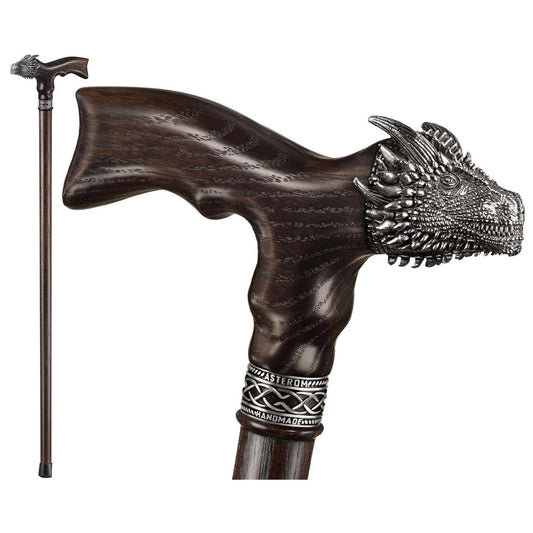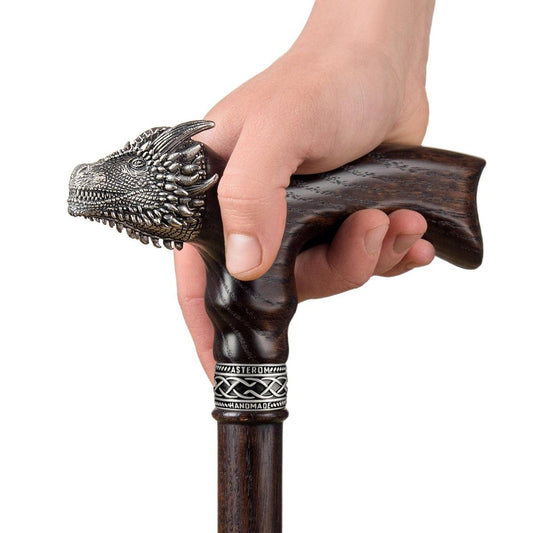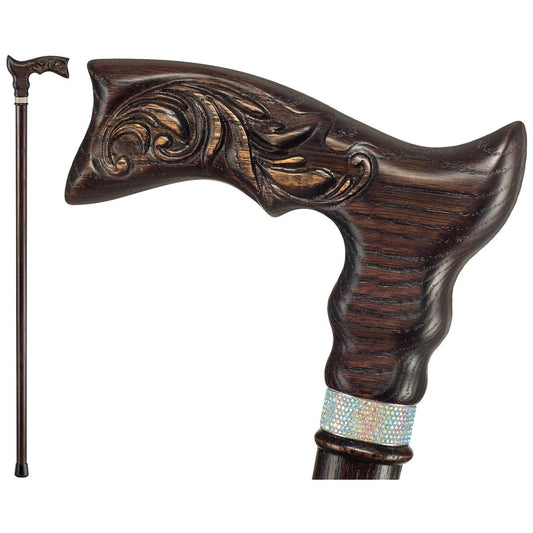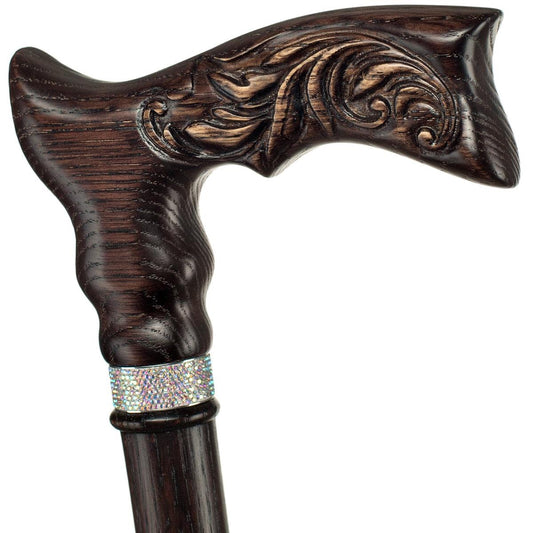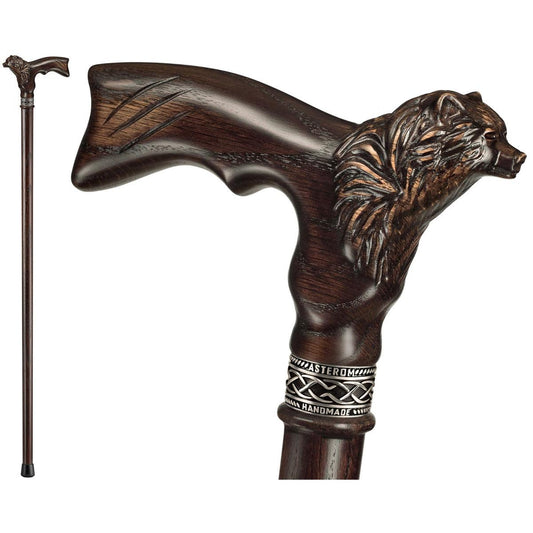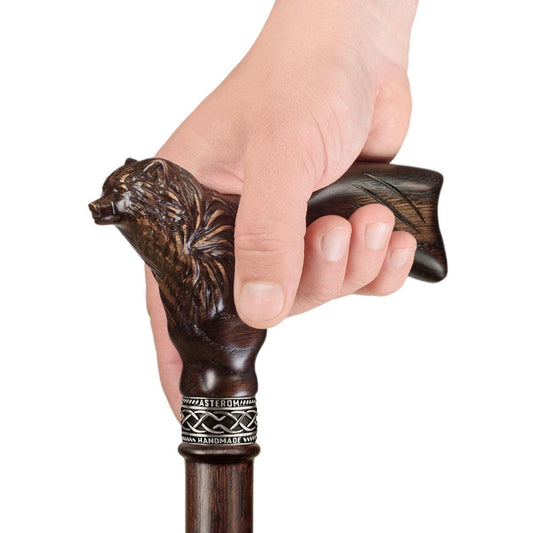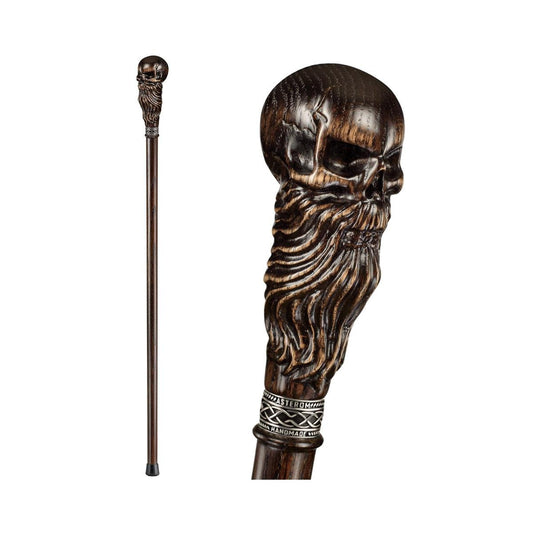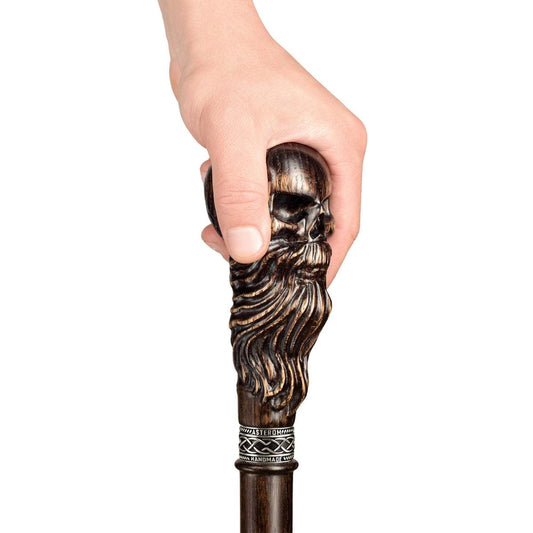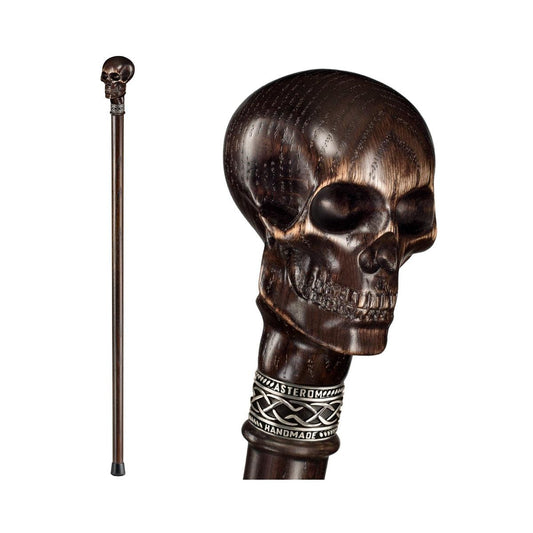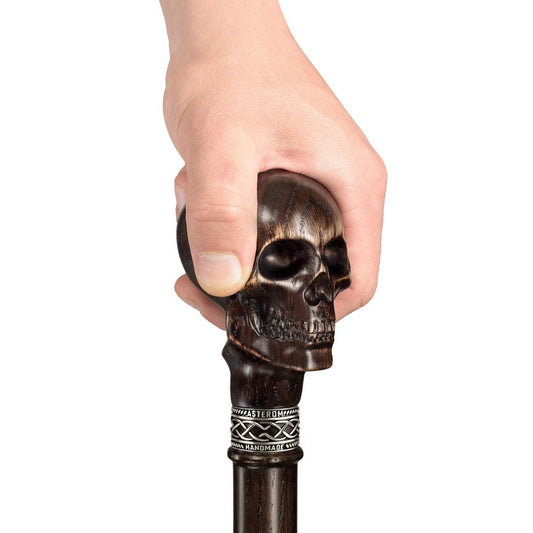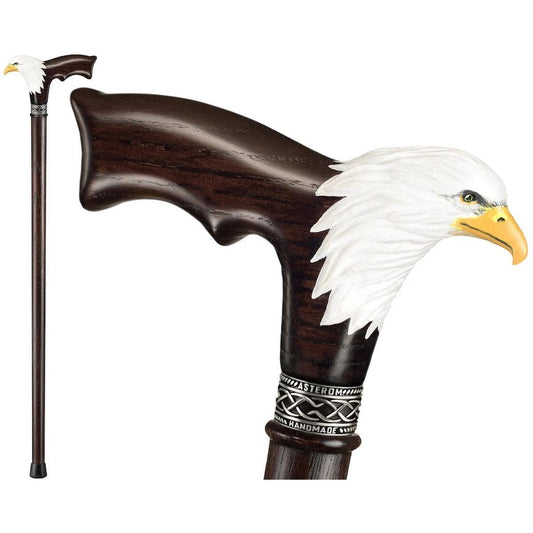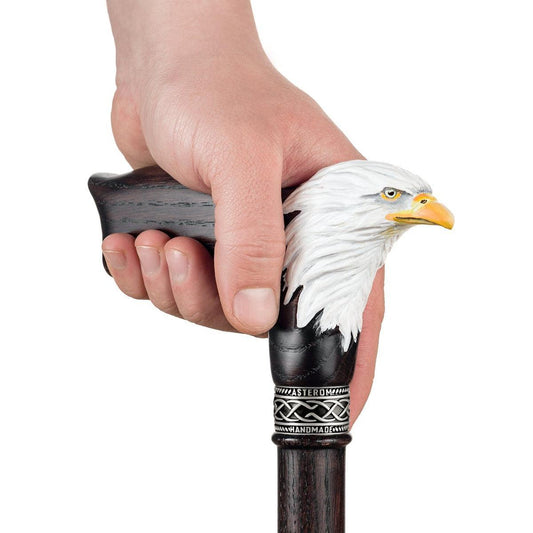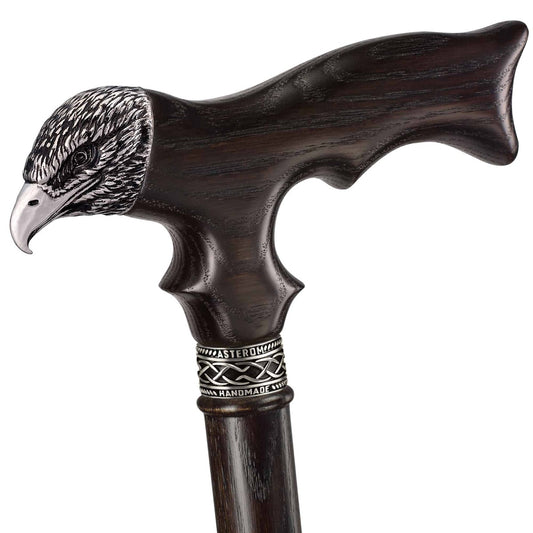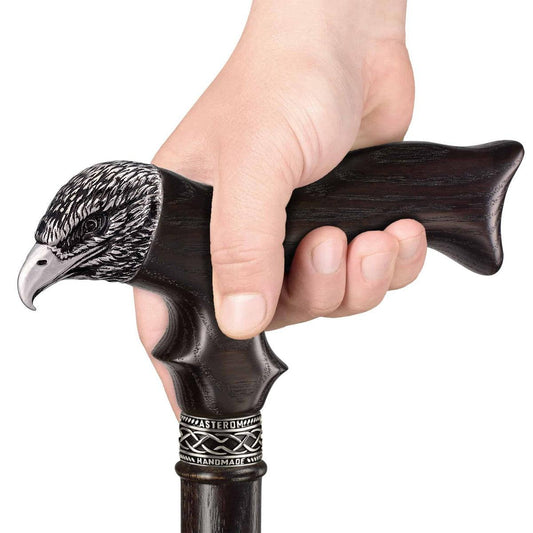Life is full of uncertainties, and navigating the intricacies of insurance and mobility can be overwhelming.
For those who depend on a cane for support and mobility, whether Medicare will cover it can be a significant concern.
It’s important to separate fact from fiction, dispel misconceptions, and help you understand your options clearly.
Let’s embark on this journey together and work towards achieving a sense of confidence and clarity.

Understanding Medicare’s Stance on Mobility Aids
Navigating the complex world of Medicare can be daunting, especially when understanding its policies and procedures related to mobility aids.
When it comes to Medicare policies and regulations, it is crucial to understand the nuances and details to avoid misinterpretations that can result in confusion and unnecessary expenses.
Specifically, it is essential to understand Medicare’s stance on mobility aids thoroughly. This understanding will ensure that you or your loved ones receive the appropriate coverage and care. Knowing what mobility aids are covered by Medicare, how to obtain them, and how much coverage is provided is critical in navigating the intricacies of Medicare’s policies.
Therefore, taking the time to research and understand the policies and regulations can make a significant difference in ensuring that you or your loved ones receive the care and coverage they need.
So, what’s the verdict? Does Medicare see the cane as a mere accessory or a medical necessity? The answer lies in the intricate web of Medicare’s policies. Different parts of Medicare cover various aspects of health, and when it comes to mobility aids, Medicare Part B takes center stage. This segment typically covers medically necessary durable medical equipment (DME), which includes canes under the right circumstances.
But let’s dive a bit deeper. Medicare Part B doesn’t just hand out approvals like candy at a parade. There’s a stringent process in place, ensuring that those who genuinely need mobility aids receive them. The criteria often revolve around the individual’s ability to perform daily activities without assistance. Medicare is more likely to approve if a cane or other mobility aid can enhance one’s independence.
However, it’s essential to note that not all canes are created equal in the eyes of Medicare. While a basic cane might be covered, more specialized or luxury models might not be cut. It’s a delicate balance between necessity and luxury, and Medicare tends to lean towards the former.
But isn’t Medicare a vast, faceless entity? How can one navigate its intricacies? While it might seem daunting, remember that Medicare serves to assist. One can unravel its mysteries with the right approach, understanding, and persistence.
Action Steps:
Begin your journey with research. Dive into Medicare’s official guidelines on mobility aids, ensuring you clearly understand their stance.
If you’re considering getting a cane, consult with your healthcare provider. Their insights and recommendations can be invaluable in determining medical necessity.
Document everything. From doctor’s notes to prescriptions, ensure you have a paper trail that supports your claim.
Be patient but proactive. While the approval process might take time, regular follow-ups can ensure your application stays intact.
And remember, while Medicare might seem like a maze, you can find your way with the right approach, ensuring that your mobility and independence remain uncompromised.

Steps to Get Your Cane or Walking Stick Covered
Navigating the maze of insurance can often feel like a Herculean task. But fear not, dear reader, for with the proper steps and a sprinkle of determination, the path to getting your cane or walking stick covered by Medicare can become significantly more straightforward. Let’s embark on this journey together, step by step, ensuring every stone is unturned and every avenue explored.
First and foremost, it’s essential to understand that Medicare doesn’t operate on whims and wishes. A structured process is in place to ensure that those who genuinely need assistance receive it. So, where does one begin?
Step1. Medical Evaluation
Before anything else, schedule a visit with your primary care physician or specialist. They’ll assess your mobility needs and determine if a cane or walking stick is medically necessary. This evaluation is the cornerstone of your application, as Medicare requires a written prescription from a doctor to consider covering your mobility aid.
Step2. Choosing the Right Cane
While you might have your eyes set on a fancy, state-of-the-art cane, it’s crucial to remember that Medicare typically covers standard models. Discuss with your healthcare provider the type of cane that best suits your needs while aligning with Medicare’s coverage criteria.
Step3. Approved Suppliers
Not all suppliers are created equal in the eyes of Medicare. Ensure that you purchase your cane from a Medicare-approved supplier. This step is pivotal, as buying from an unapproved vendor might lead to your claim being denied.
Step4. Documentation is Key
In the world of insurance, paperwork reigns supreme. Keep a meticulous record of all documents, including your medical evaluation, prescription, and proof of purchase. These documents will be your allies when submitting your claim.
Step5. Submit Your Claim
Once you have all your ducks in a row, it’s time to submit your claim to Medicare. Ensure that all required forms are filled out accurately and that you’ve attached all necessary documentation.
Action Steps
- Start with a clear understanding of your mobility needs. This clarity will guide your discussions with your healthcare provider and ensure you choose the right cane.
- Research Medicare-approved suppliers in your area or online. Purchasing from an approved vendor can smooth out the approval process.
- Stay organized. Create a dedicated folder or digital space for all your Medicare-related documents. This organization will prove invaluable when submitting your claim or addressing any queries.
- Seek assistance if needed. Whether it’s a family member, friend, or a professional, don’t hesitate to ask for help if the process feels overwhelming.
- Remember, persistence is vital. The insurance world can be slow-moving, but with regular follow-ups and a proactive approach, you can ensure that your claim receives the attention it deserves.
While the process might seem daunting, it’s a structured journey. And with the proper steps, guidance, and a touch of Alexander Sterling charm, you can navigate it with grace and confidence.

Expert Insights on Insurance and Medical Necessities
The world of insurance can be complex, but experts provide necessary guidance on medical necessity related to mobility aids and Medicare.
Experts emphasize that a cane, while simple in design, enhances stability and balance. Its role isn’t just to support but to transform the act of walking into a symphony of synchronized movements.
Diving deeper:
Why might some mobility aids be covered while others are not?
It boils down to medical necessity. While a standard cane might be essential for one, another might require a quad cane for added stability. Medicare assesses each case’s unique needs.
How do experts determine the “medical necessity” of a cane or walking stick?
Beyond the evident physical need, experts look at the broader picture—how the aid impacts daily activities, quality of life, and overall health.
Action Steps: Knowledge is power. Consider seeking insights from a physical therapist or mobility expert. Their expertise can guide you in understanding the best mobility aid for your needs and how to present it as a medical necessity to Medicare.
Navigating the Process: Tips and Tricks
While the path to getting your cane covered by Medicare is paved with rules and regulations, it doesn’t mean you can’t waltz through it with a bit of finesse. After all, every system has its nuances, and with a few insider tips and tricks, you can navigate the Medicare maze like a seasoned pro. Let’s dive into the tips and tricks of getting covered.
Understanding Medicare’s Parts
Medicare isn’t a monolithic entity. It’s divided into various parts, each covering different aspects of healthcare. For mobility aids like canes, it’s Medicare Part B that comes into play. This covers outpatient services, including durable medical equipment (DME) like canes. Familiarizing yourself with Part B’s specifics can give you a clearer picture of what to expect regarding coverage and costs.
Pre-Approval Might Be Your Best Friend
While not always mandatory, seeking pre-approval for your cane can save potential heartaches. This step involves getting a nod from Medicare before purchasing, ensuring you’re on the right track. It’s like getting a reassuring pat before diving into the process.
Stay Updated
Medicare, like any other vast system, evolves. Coverage criteria, approved suppliers, and even the list of covered equipment can change. Regularly checking Medicare’s official website or subscribing to their updates can keep you in the loop, ensuring you’re always armed with the latest information.
Learn From Peer Experiences
Sometimes, the best insights come from those who’ve walked the path before you. Online forums, support groups, and community centers can be goldmines of practical advice. Hearing about others’ experiences can offer clarity, highlight potential pitfalls, and even introduce you to shortcuts you might not have considered.
Don’t hesitate to Appeal.
If your claim gets denied, remember that it’s not the end of the road. Medicare has an appeals process, allowing you to contest their decision. While it might seem intimidating, with the proper documentation and a clear understanding of why you believe the decision should be reversed, you stand a good chance of turning the tide in your favor.
Action Steps
- Dedicate some time to research. Dive into Medicare’s official resources, familiarizing yourself with their language and criteria. This knowledge can empower you during discussions and decisions.
- Engage with your community. Whether it’s an online forum or a local support group, connect with peers who’ve navigated the Medicare process. Their stories and insights can be both enlightening and reassuring.
- Keep a meticulous record of all communications with Medicare. Whether it’s phone calls, emails, or letters, having a detailed log can be invaluable, especially if you need to reference past interactions or appeal a decision.
- Stay proactive. Contact Medicare directly or consult a healthcare advocate if you’re unsure about any aspect of the process. It’s always better to seek clarity upfront than to rectify mistakes later.
Remember, you’re not alone in this journey. Thousands navigate the Medicare process daily, and with the right approach, a touch of patience, and a sprinkle of Alexander Sterling charm, you, too, can successfully secure coverage for your cane.

Community Experiences: Navigating Insurance for Mobility Aids
Every policy and claim has a human element to it. It is not just about the paperwork but the individual stories behind them. There are tales of people overcoming obstacles, fighting against all odds, and ultimately achieving success.
Take Martha, for example, who initially faced denial, but with perseverance and determination, she could appeal her claim and secure coverage for her much-needed ergonomic cane. Similarly, Raj’s experience of navigating the bureaucratic maze was easier with online communities’ support and guidance. Through shared experiences, he found solace and confidence in his journey toward resolution.
How have canes positively impacted the lives of users?
Beyond the evident physical support, canes have been pillars of confidence, allowing individuals to reclaim their independence and stride forward with renewed vigor.
Action Steps: Engage with online communities and forums. The shared experiences, insights, and advice can be invaluable. Remember, you’re not alone in this journey. Many have walked this path before; their stories can light your way.
Conclusion
Navigating the world of Medicare, with its myriad of rules and intricacies, can often feel like deciphering an ancient script. Yet, beneath the layers of bureaucracy and paperwork lies a system designed to support and aid those in need. And when it comes to mobility, ensuring that every step you take is confident and supported is paramount.
The journey of securing Medicare coverage for your cane is more than just a quest for financial relief; it’s about affirming the importance of mobility in our lives. It’s a testament that everyone, regardless of age or circumstance, deserves the right to move freely, comfortably, and safely.
As we’ve delved into the depths of Medicare’s stance on mobility aids, we’ve unraveled the steps, the strategies, and the stories that make this journey both challenging and rewarding. We’ve learned that while the path might be strewn with obstacles, with the proper knowledge, a proactive approach, and a touch of perseverance, these hurdles can be surmounted.
To all those embarking on this journey, remember that every piece of documentation, every phone call, and every query is a step towards a more mobile and independent future. And while the process might test your patience, the reward—a life where every step is supported and every movement is unburdened—is well worth the effort.
In the grand tapestry of life, mobility is a thread that weaves through every moment, every memory, and every milestone. And with Medicare by your side, ensuring that this thread remains unbroken becomes a journey of hope, resilience, and triumph.
So, as you stride forward, cane in hand, know that you’re not just walking towards a destination but towards a future where every step is a testament to your determination, your rights, and the unwavering belief that mobility is a gift everyone deserves.


